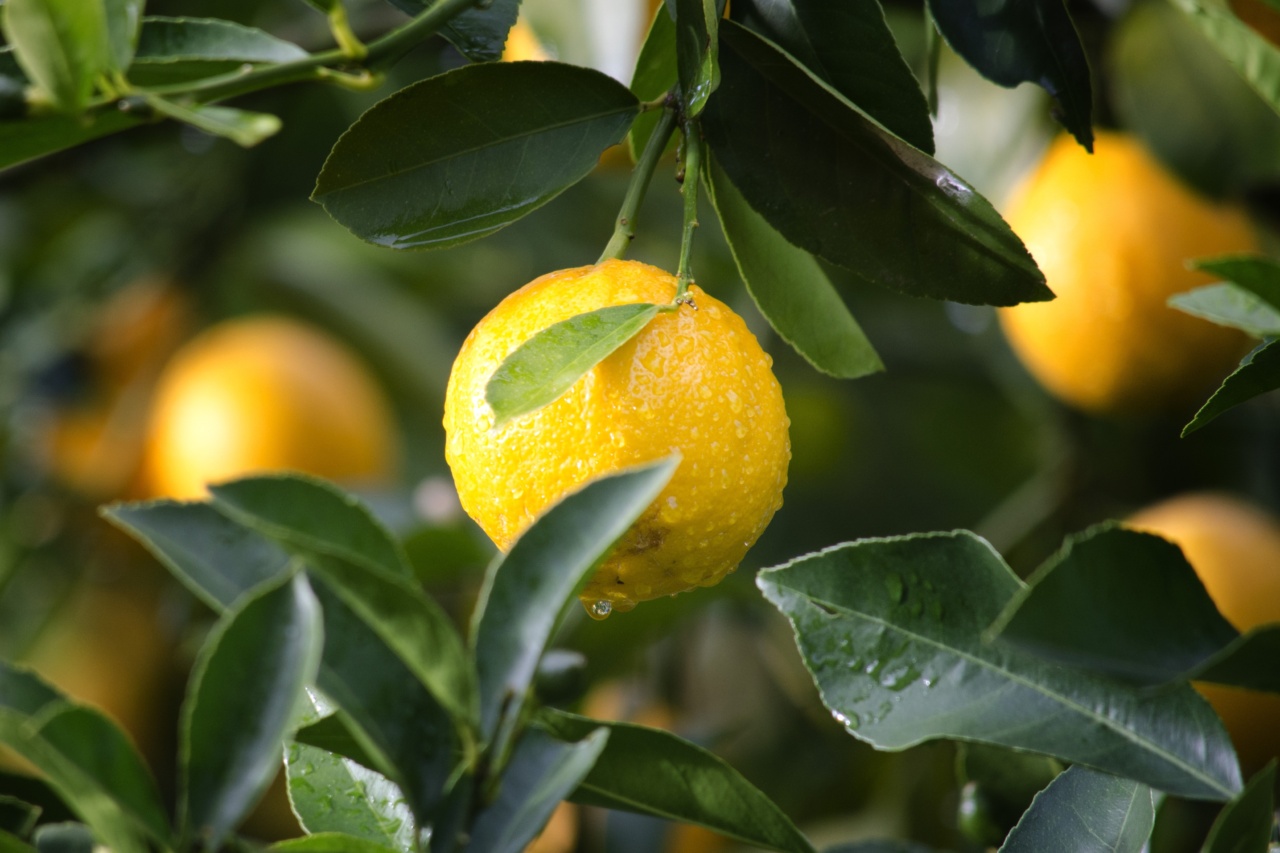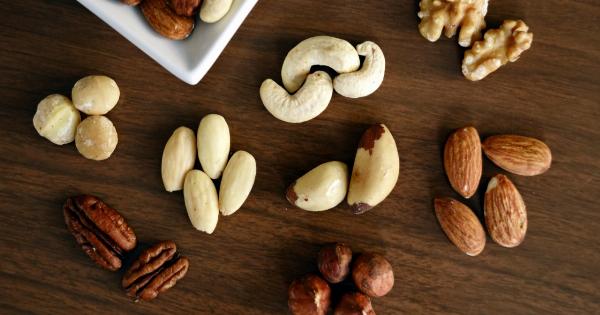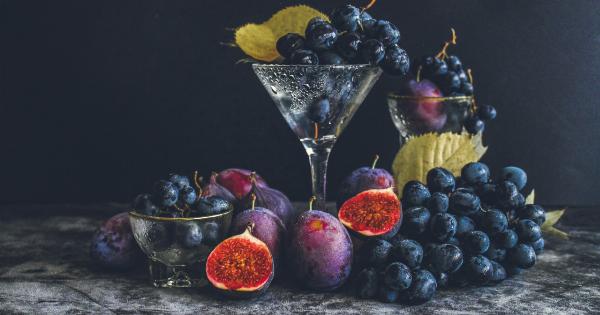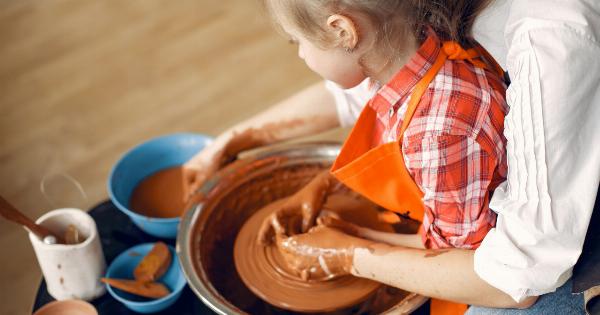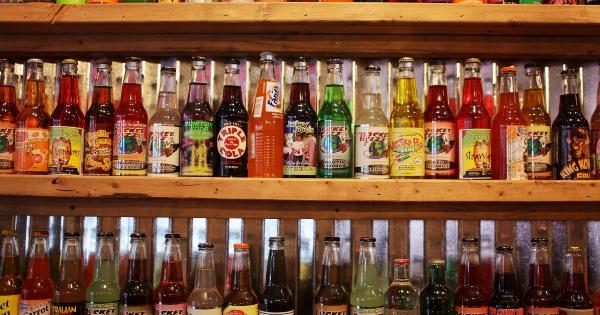If you are a pet parent, one of the most important decisions you will make about your pet’s nutritional needs is the type of food you feed them.
While there are numerous options available on the market, two of the most popular types of pet food are wet food and kibble. Both have their advantages and disadvantages, and the choice ultimately comes down to the needs of your pet and your personal preferences.
But, which is better? In this article, we will explore the differences between wet food and kibble and help you make an informed decision for your furry friend.
What is wet food?
Wet food is simply pet food that comes in a moist, canned form. It typically contains higher moisture levels than kibble and is more commonly made from fresh meat, poultry, fish, or vegetables.
: The pros of wet food
High moisture content: One of the best things about wet food is that it contains a high percentage of moisture.
This makes it an excellent option for pets who require more hydration in their diet, such as cats with urinary tract problems or chronically dehydrated dogs.
Palatability: Wet food tends to be more palatable than kibble, thanks to its high moisture content and stronger aroma. This makes it a good option for picky eaters or pets who have difficulty chewing or swallowing.
A variety of textures: Wet food comes in a variety of different textures including chunks, pates, gravies, and stews, allowing you to choose the food that your pet will enjoy the most.
: The cons of wet food
Short shelf life: Once opened, wet food has a shorter lifespan compared to kibble. You should only keep it in the fridge for a few days, which could be a problem if you’re prone to forgetting to buy more food or have a busy schedule.
Higher cost: Wet food is often more expensive than kibble, which could be a problem if you’re on a tight budget.
What is kibble?
Kibble, also known as dry food, is pet food that’s dehydrated and is typically in small to medium-sized bits. Kibble is often made from meat or animal by-products, cereal, and fillers.
It’s one of the most popular and well-known types of pet food and is available in different shapes, sizes, and flavors.
: The pros of kibble
Convenience: Kibble is incredibly convenient in terms of feeding as it can be left out for more extended periods without becoming stale or having any hygiene issues.
You can also leave it out for free-feeding which is great if you are not at home all the time or have a cat that likes to graze throughout the day.
Cost-effective: Kibble is often less expensive than wet food, making it an excellent option for pet owners who want to save money on their pet’s food expenses.
Long shelf-life: Unlike wet food, kibble has a much longer shelf life and can be stored for a few months without going bad. This makes it a great option for those who prefer to buy in bulk and need to keep food on hand.
: The cons of kibble
Low moisture content: Kibble has a lower moisture content than wet food, which can lead to dehydration if your pet is not drinking enough water.
Potential dental issues: Kibble is more likely to get stuck in your pet’s teeth, leading to dental problems like gum disease or tooth decay. This can be prevented if your pet’s teeth are regularly brushed and cleaned.
So, which is better: Wet food or Kibble?
There is no definitive answer to which type of food is better as it all depends on the needs and preferences of your furry friend. If your pet needs more hydration, has dental problems, or is a picky eater, wet food may be the best choice.
If you’re looking for a more convenient and cost-effective option, then kibble is the way to go. It’s crucial to remember that wet food and kibble can be used in combination, and it’s entirely safe to do so.
Conclusion
No matter what type of food you choose, it’s essential to provide your pet with the best nutrition possible. As a pet parent, you know your pet best and can choose the right type of food for them, depending on their needs and likes.
So, whether you decide to go with wet food, kibble, or a combination of both, make sure you’re providing your furry friend with the right balance of nutrients and hydration.
